You’ve probably come across a 403 error while browsing the internet. You typed in a URL in your browser or clicked a link, but instead of loading to the page, you got an error message saying Forbidden: You don’t have permission to access [directory] on this server or a related message.
The error 403 forbidden is a typical HTTP response status code people often get when surfing the internet. Here, we’ll go over what the error means, what causes it and how you can resolve it.
What’s Error 403 Forbidden?
Error 403 forbidden is the server response code when a client requests a forbidden resource. It signals that the user lacks permission to access the page or resource.
The browser connects with the server but refuses access to the page because you lack permission to view the requested page. Unlike error 401, which the server returns when the user has insufficient authentication and allows access if the user provides valid authentication, error 403 indicates that the content is unavailable for all clients regardless of authentication.
Seeing the error means the server had already authenticated the visitor successfully but denied access to view the resource or page.
You could get a different shade of this error message, and some of them include:
- Forbidden: You don’t have permission to access [directory] on this server
- Error 403
- 403 Forbidden
- Access Denied: You don’t have permission to access
- 403 forbidden request forbidden by administrative rules
- HTTP error 403—forbidden
Causes of Error 403
A couple of things could cause the server to return this error. Here are some of the common causes:
- Web files and folders have permissions that control who reads, edits, or executes them. Setting up file permission incorrectly can cause error 403 when users access the files.
- WordPress plugins help users extend their website’s capabilities but installing incompatible plugins can cause the error.
- The .htaccess file is a server configuration file that enables users to modify their server settings. Inputting incorrect settings in the file causes the website to throw up error 403.
- An IP address block could cause the error whenever the user visits the website.
Resolving Error 403
Error 403 could be scary; unfortunately, there’s no one-fit-all solution to resolve the error. Make sure you’re using the correct link, clear your browser’s cache, and try again. If the issue persists, then follow these tips to troubleshoot and fix the error.
Check the .htaccess File
As stated earlier, an incorrect .htaccess file settings can cause the error 403. To establish if the .htaccess file is the culprit, delete the file after downloading a backup copy, then revisit the page. If it loads fine, it means your .htaccess file was corrupt.
Follow these steps to troubleshoot your .htaccess file. Log in to your SPanel account—Scala Hosting’s all-in-one control panel.
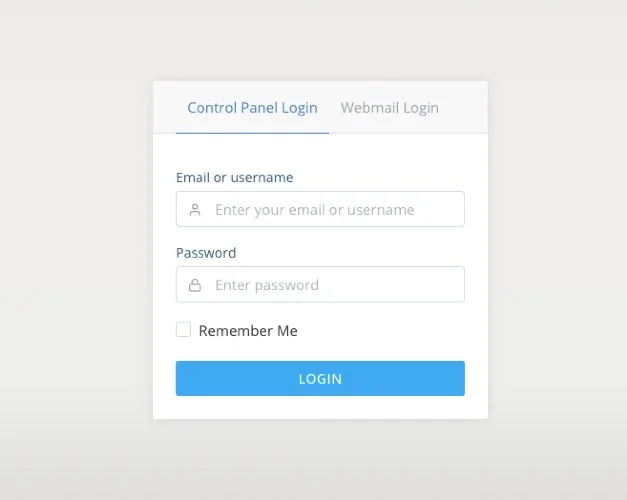
Scroll to the FILES section on the control panel and click File manager.

SPanel takes you to a new tab where you’d see all your domain and subdomain folders. Select the folder you wish to troubleshoot its .htaccess. Choose public_html if you wish to access the file for the root domain.

Locate the .htaccess file, left-click to select the file, then click the Download icon to save a copy of the file on your computer.
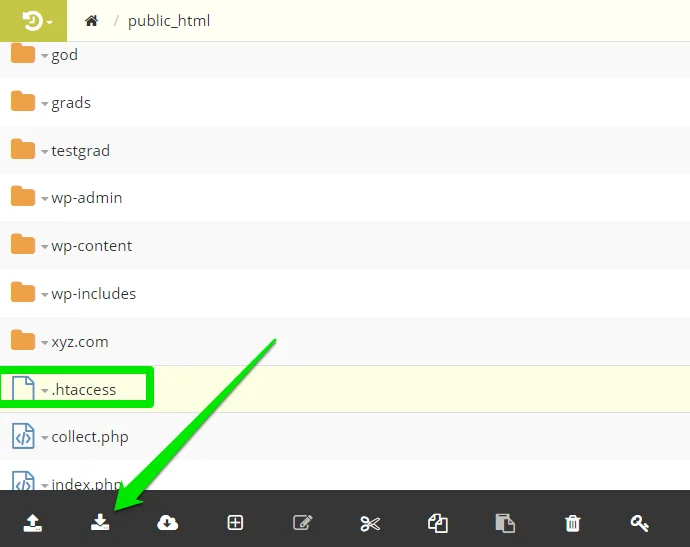
When you download the .htaccess file, right-click the file and select Delete to remove permanently from the file manager and your server.

Once deleted, visit the page to check if it works fine.
If the page still fails to load correctly, then the problem is not from the .htaccess file—upload the downloaded file back to your file manager. But if the page works fine, then the .htaccess was corrupt, and you’ll need to generate a new fresh one. Follow these steps to get it done.
Log in to your WordPress admin dashboard, click Settings > Permalinks > Save Changes without making any changes on the page.

WordPress then auto-creates a fresh .htaccess file for the website. To create the file manually, access the file manager, open the preferred domain folder, click the New File/Folders icon and select New File.
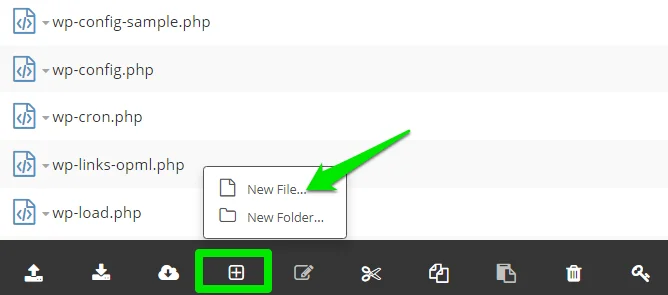
Create a file named .htaccess and save it.
Reset File Permissions
If deleting the .htaccess file fails to resolve the error, then reset your file permissions.
Every file you create comes with specific default permissions, which control how you read, write and execute the file. To get started, log in to SPanel, open the file manager and access your domain’s folder. Then, scroll to the file that returns the error and right-click it.

Click CHMOD from the menu, set your file permission, and save.
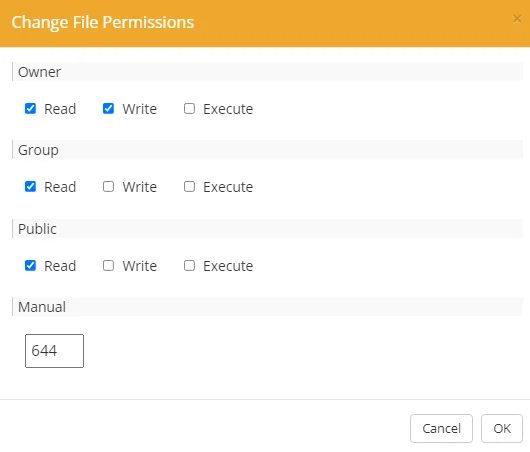
Disable WordPress Plugins
If the issue remains unresolved, an incompatible plugin will likely be the cause, and disabling it should do the trick. But to confirm that a plugin is responsible for the error, deactivate all your plugins and visit the website to see if it works fine.
If it resolves the error, reactivate the plugins and disable them one at a time until you find the culprit. Follow these steps to troubleshoot your plugins. Log in to SPanel, open your domain’s folder and locate the wp-content folder.
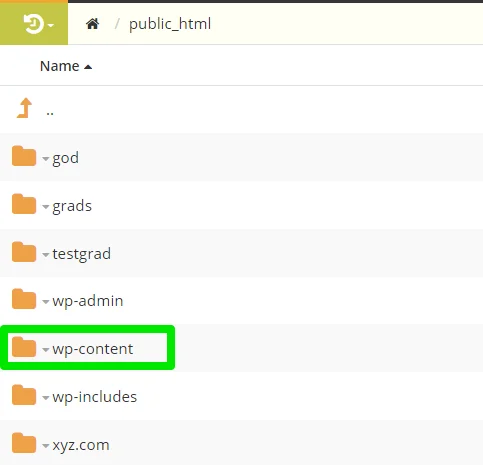
Open the folder, right-click the plugins folder, and select Rename.

Add .old at the end of the folder name and save to deactivate all the plugins in the folder.

Visit the page to confirm it’s working fine now—if not, reactivate the plugins by returning the old name.
But if deactivating all the plugins resolves the error, follow these steps to identify the plugin that caused the error.
- Reactivate all the plugins.
- Open the plugins folder and disable the first plugin in the list by renaming it.
- Check the page to confirm that it’s working fine.
- If yes, then that’s our guy—delete the plugin by right-clicking and selecting Delete.
- But if it doesn’t resolve the issue, reactivate the plugin and disable the next one.
- Continue with the process until you find the culprit. Then, delete the plugin and exit the SPanel.
Need Support?
We understand it could be challenging to troubleshoot and resolve the error 403 forbidden, so if you need help regarding fixing the error, reach out to our support, and we’ll be glad to help.
